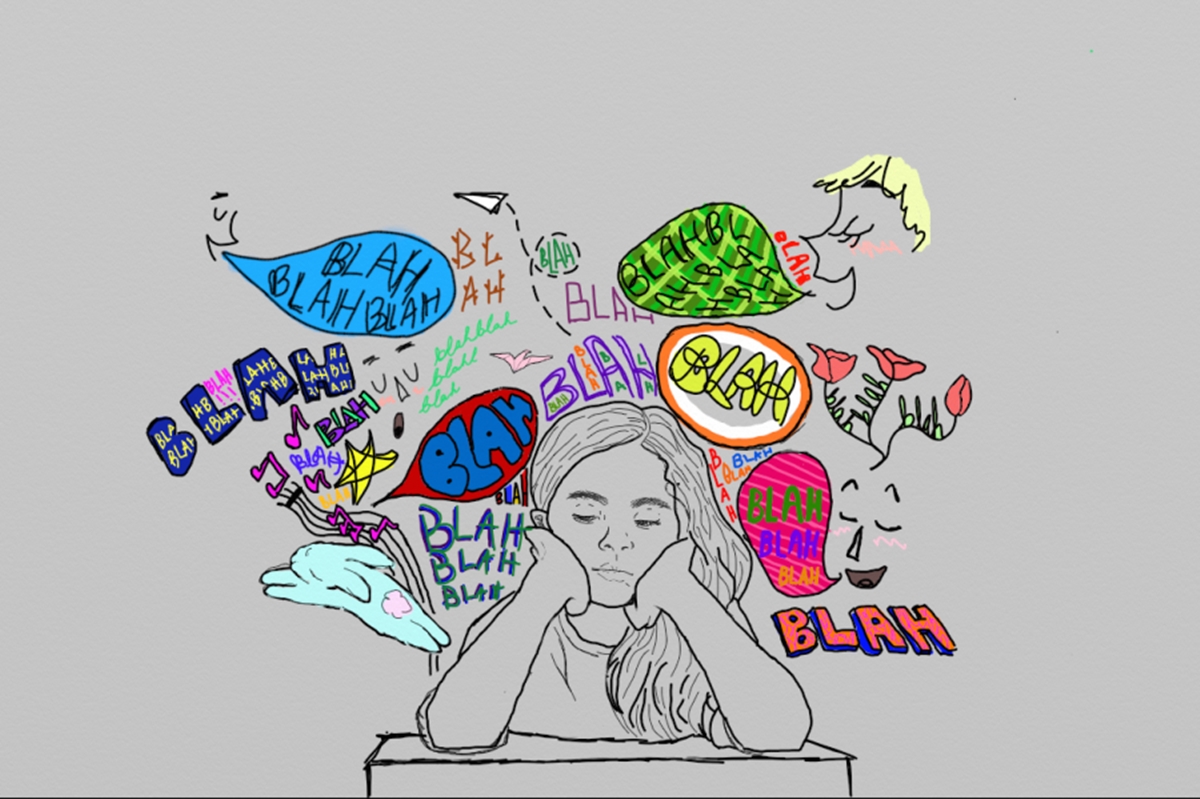Posted by Tarini Ravi Kumar Socially-crafted viewpoints and clinically-apt notions have been constantly repelling each other since the beginning of time.…
Login to Read!
This content is restricted to site members. If you are an existing user, please log in below. Or you can can create an account here.
